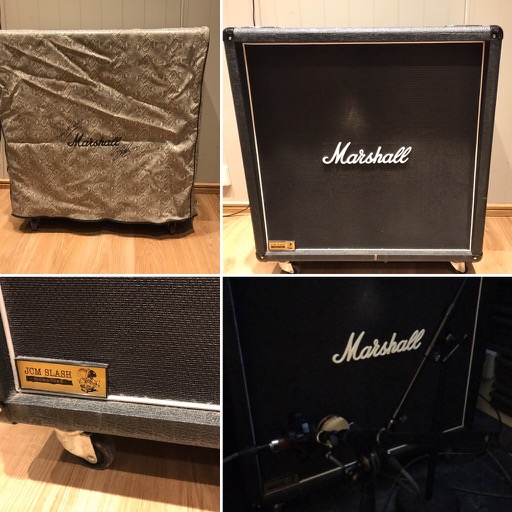Kjetil A Nesheim
Inspired
Marshall 1960B Slash cab from The 1990’s.. This used to belong to me some years ago.
The plan is to make IR of all speakers to find the sweet one. I`m also considering adding an MD-421 to the mic setup. Any love for that mic? I was never a big fan of it personally. The combination of a ribbon mic with a standard SM-57 always work. I have an SM-7b here too.

The plan is to make IR of all speakers to find the sweet one. I`m also considering adding an MD-421 to the mic setup. Any love for that mic? I was never a big fan of it personally. The combination of a ribbon mic with a standard SM-57 always work. I have an SM-7b here too.

Attachments
Last edited:
